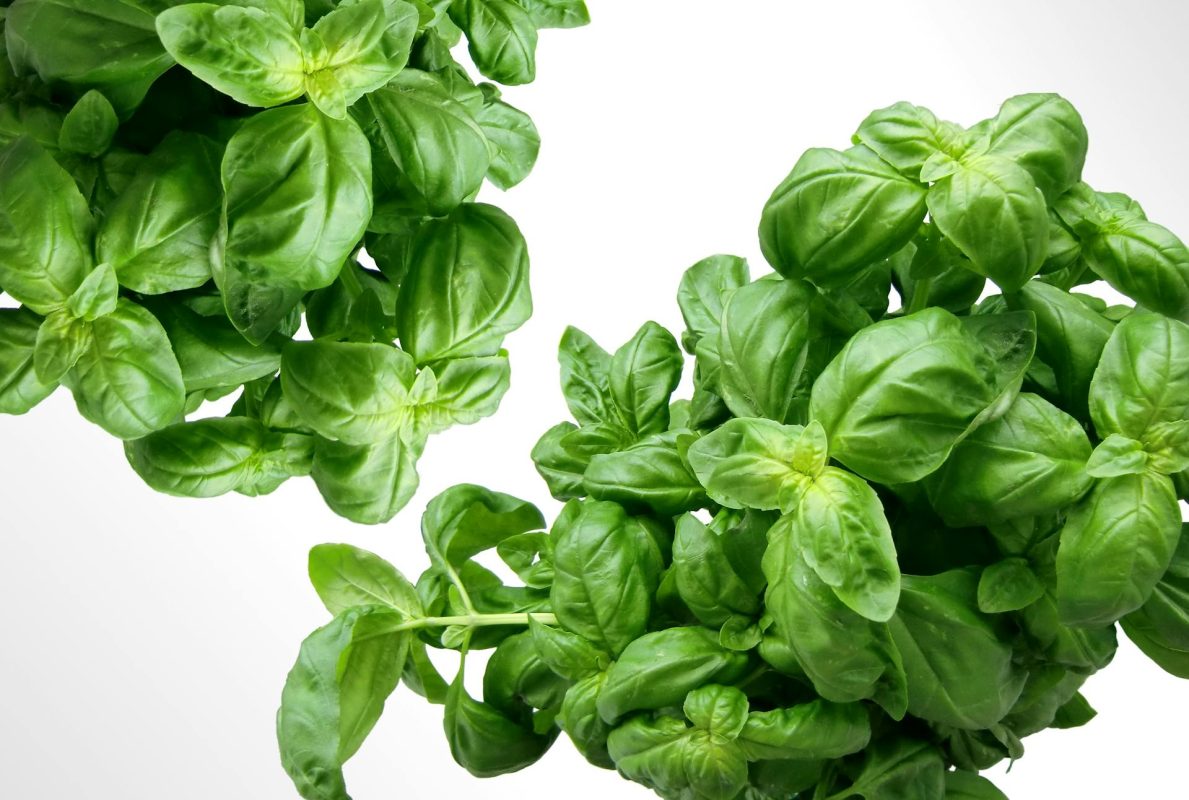YETRAC
Growing Basil at the Allotment: A Detailed Guide
Growing Basil at the Allotment: A Detailed Guide
Basil is a fragrant and versatile herb commonly used in cooking, particularly in Italian cuisine. Its aromatic leaves make it a great addition to both your kitchen and garden. There are many varieties of basil, including the more traditional sweet basil and the spicier Thai basil.
When to Sow Basil
Basil can be sown from seed starting in February and can be continuously sown throughout the year for a steady supply of fresh leaves. Basil seeds should be planted shallowly in small pots and thinned out once the seedlings are large enough to be transferred to bigger pots or directly into the ground.
Basil seeds typically take 1-2 weeks to germinate and prefer well-drained soil. To encourage growth, place your basil in a warm and sunny spot with temperatures around 20°C. If you’re not using a propagator, you can cover the pots with cling film or use trays with clear lids until the seedlings are ready to be re-potted.
Where and How to Grow Basil
Basil grows well both indoors and outdoors. You can plant it in a sheltered, sunny location outdoors, or keep it inside on a windowsill that receives plenty of sunlight.
Basil cannot tolerate frost or cold temperatures, so it’s important to bring plants indoors when the weather starts to cool down.
- Watering: Basil prefers to be watered lightly in the morning. Over-watering can lead to root rot, and basil doesn’t like sitting in wet soil, especially overnight when temperatures are cooler. Water the plants enough to keep the soil moist but not soggy.
- Encouraging Growth: Pinch out the top main stem of the plant to encourage bushier growth and prevent the basil from going to seed too early. Regularly picking the leaves also helps promote regrowth throughout the summer.
Pests and Companion Planting
Basil is often affected by whitefly, which can be washed away with soapy water. If the infestation is particularly severe, you may need to take additional measures to protect the plant.
Tomato plants make an excellent companion for basil, as they thrive in similar conditions and can help deter pests from your basil plants.
Harvesting and Using Basil
Basil can be harvested by picking the leaves as they grow. The plant will continue to produce new leaves throughout the summer if you harvest regularly.
- Uses: Fresh basil is delicious in salads and adds a wonderful, aromatic flavor to sauces and cooked dishes. It can also be dried or frozen to preserve it for later use. Simply dry the leaves or freeze them in small batches to enjoy basil throughout the year.
Your basil plant will naturally die off as temperatures drop in early autumn, so make the most of it while the weather is warm.
Growing Basil: A Summary
Sowing Basil
- Sow seeds shallowly and often for continuous growth
- Keep the plants in a warm and sunny location, ideally around 20°C
- Thin out seedlings and re-pot as needed
Growing Basil
- Pinch out the top main stem to encourage bushy growth
- Grow alongside tomato plants for mutual benefits
- Avoid over-watering; water in the morning to prevent wet roots overnight
Harvesting Basil
- Pick leaves as needed throughout the summer
- Use fresh in salads or cooking, or dry/freeze the leaves for future use
With a little attention, basil can become a staple in your allotment or windowsill garden, providing you with fresh, aromatic leaves all season long.

